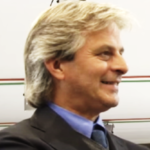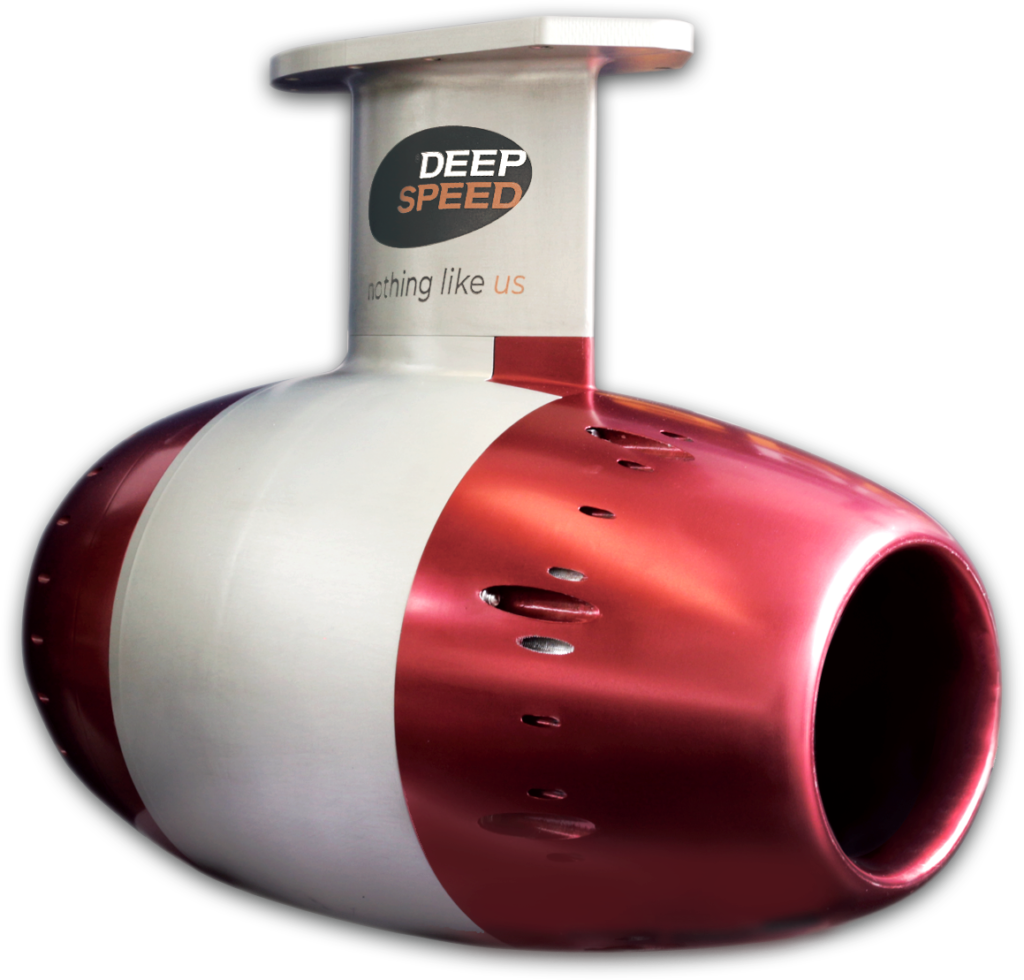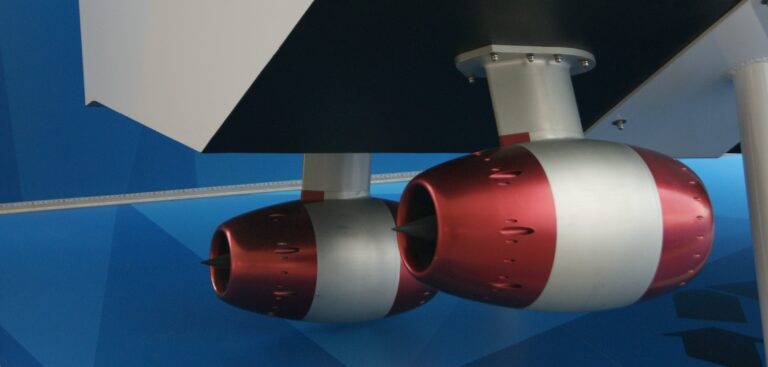As covered in Electric & Hybrid Marine Technology International in September, Italy-based Sealence is progressing with the development of a novel waterjet system, DeepSpeed, for which it claims impressive improvements in efficiency over propellers and traditional, internal waterjets.
The company has raised more than €3m (US$3.5m) in funding from traditional investors and crowdfunding, and is about to launch a second crowdfunding campaign with the opportunity for investors from outside Italy, both corporate and private, to participate, which was not previously possible. Sealence has also been awarded a seal of excellence by the European Commission’s Horizon 2020 program. Reinforcing its growth credentials, the company has already hired eight extra staff this year, despite the global downturn due to Covid-19.
 Electric & Hybrid Marine Technology International spoke to Marco Cassinelli, CTO at Sealence, to find out more about the company’s operations.
Electric & Hybrid Marine Technology International spoke to Marco Cassinelli, CTO at Sealence, to find out more about the company’s operations.
How far along is development of the DeepSpeed project?
There are now 10 people working on the development full time. We have been testing prototypes in test tanks for over a year and are now working on our most advanced prototypes, which will be run with our shipyard partners, trying out a variety of solutions from a fluid dynamics point of view.
What are the main areas of development currently?
Due to the design of the DeepSpeed, the external form has just as important a role to play as the internal part – they are linked together. That is why we are working with Professor Ernesto Benini [a leading authority on hydrodynamics at the University of Padua], who is able to help with optimizing that. Of course, we are talking about something completely new from a technical point of view, and facing many challenges from a fluid dynamics perspective.
For example, we are working with partners such as Schaeffler on the development of a sealing solution for the bearings. The internal impeller is spinning at 3,500rpm, so sealing is important but very difficult to develop. We consulted with many seal suppliers and in the end have worked together with SKF to develop an entirely new solution.
How scalable is the concept?
We don’t have any issue in scaling up or scaling down the solution. For example, with one of the new developments we are designing at the moment, we can realize four times the power for an increase in external diameter of approximately 50%. Of course, that needs some different solutions from a mechanical point of view, such as the bearings, which we have to redesign to cope. But as we increase the power and size, the power-to-weight ratio improves, as the bulk of the weight is around the outside of the machine.
Are you working with partners on the power electronics?
We are deep in the development of the control system. We are quite well positioned with that, as we are working exclusively with a company, covering all control aspects, monitoring the motor, the inverter, all of the temperature monitoring, that side of things. We have already gone through three different forms of inverter technology, and in the near future we will probably move to a fourth, with each being more powerful or reliable than the last.
When it comes to cooling, the location of the motor fully submerged in water certainly brings benefits. With water flowing both internally and externally, there is no need for a motor-cooling circuit. However, the inverter system, which is mounted inboard to the vessel, does have a cooling system.
Are you involved in the development of battery systems?
Our system can work with any energy source: batteries, fuel cells or a hybrid solution. At the moment, we are testing using batteries because they are easier to deal with, and the test center we are using does not allow other energy stores.
Having that flexibility means we can go to market able to harness whatever is the best energy storage solution; it is not our business to develop them. Of course, whatever source is used needs to match the needs of the DeepSpeed system.
What is the timeframe for deployment?
We are currently designing the final prototypes, with the first parts arriving, and we will be starting tests with a shipyard in February 2021. From that point on we will only be performing tests in salt water with shipyard partners. Our final target is to start production at the end of next year and into 2022. The main thing is that we want whatever we bring to the market to be completely reliable and safe, and need to make sure everything is tested under all conditions, with real ships, so we can correlate all of our simulation and data with real-world use.
What is your standout observation on the project so far?
For me, it is the significance of our brand name, Sealence. It is amazing for me, coming from 30 years in the automotive industry, the complete lack of noise, the silence you get. Standing on a boat with the system running, you can talk in a totally normal voice; it’s dramatically different to being on a normal boat with an engine. Not only is the motor quiet, because it is mounted outside of the boat, but there is very little water disturbance – the only wake is that of the boat’s hull.




